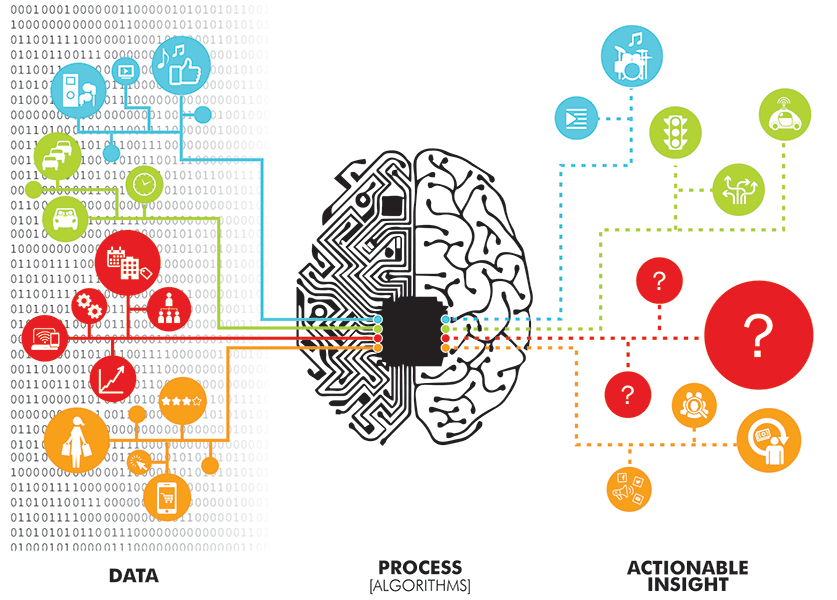A leap forward in AI ethics and safety
July 5, 2024

The term ‘Data Science’ did not emerge until the late 2010s. Simply put, it combines statistics, algorithms, processes, mathematical skills and even business acumen to create solutions for new-age problems. A lot of related disciplines go into Data Science, including mathematics, computer science and statistics, besides Business Intelligence (BI) and Predictive Modelling.
Award-winning scientists like Jim Gray have asserted that Data Science is about to change the way information technology affects businesses.
An eye-popping variety of industries use Data Science. There is hardly any business looking to grow which does not use the expertise of Data Scientists. Telecom companies, Gaming businesses, retail ventures, marketing and advertising teams of giant corporations, healthcare and pharmaceutical companies, price comparison websites, C-Suites, fraud detection services – the list of users is virtually endless.
As more companies route their humongous amounts of data to the Cloud, Data Science is set to grow exponentially. A vast majority of surveys indicate that every high-performing company uses modern trends of Data Science to grow. The adoption of modern tools in Data Science is set to grow almost 50% as more companies invest in data mining processes.
Data Science is used in every step of decision-making in technologically advanced corporations. Many experts have argued that Data Science is a buzzword or a new-age term that essentially encompasses statistics. However, Data Scientists are also involved in predicting and explaining future business trends, something that statisticians do not engage in. Three of the areas that Data Science are mostly used in include:
1. Predictive causal analytics: Causal analytics develop models which can predict possible future instances of particular events in business. A credit-lending corporation, for example, needs a model which can predict which creditors are more likely to repay loans on time, and who are not so reliable. Data Science helps in enabling the development of such a model.
2. Predictive Machine Learning: Machine Learning (ML) involves set methods of supervised learning and specialised algorithms to determine future trends. Fraud detection companies may use ML to ‘train’ a model based on instances of previous fraudulent transactions to stop future issues.
3. Pattern discovery: Humans look for patterns in everything they see and do. In ML, the same process is called ‘Clustering’, where patterns are detected within a given dataset to identify meaningful data.
There is no hard and fast rule as to when Data Science is to be used. A corporation can hire professionals in this discipline at any stage of its business process to increase scalability and improve profitability. One plus point that many companies overlook is that Data Science is democratic: they can be learned even by people who may not have technological sophistication. Data Science can be on-boarded by corporations whenever they feel they are lagging behind their peers.
Analysts have developed a lifecycle of Data Science, explaining how the process works. It starts with capture (involving data acquisition, reception, and extraction) which then flows alongside process (involving data mining and modelling). Two other factors then join as tributaries: maintaining (including data warehousing, ‘cleansing’ of raw data and processing) and analysing (that involves predictive analysis, regression and qualitative analysis).
The ultimate and end point of the cycle is communication, which encompasses business intelligence and decision-making. When these five tributaries merge, Data Science works as a tool to meet the various demands of a business.
The future of business is data-driven. Data scientists who can resolve relevant questions, organise information and communicate their findings effectively will be massively successful. To stay competitive and relevant, corporations have to spend more on Data Science.
The future of Data Science is interesting but difficult to foretell. The growing demand for trained professionals in the field is only an indication of the coming boom.